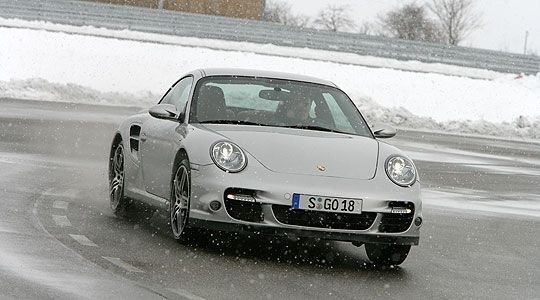
More power, less consumption, and even more driving fun! That’s the tradition that Porsche are continuing after 30 years of 911 Turbo motoring. Yet again the newest version is even better – as Classic Driver discovered this week at Weissach, the company’s research and development centre with its own test track.
In concept the new car varies little from its predecessors. 3.6 litre flat six, all-wheel-drive and two-position large rear tail spoiler for optimised aerodynamics. Nevertheless, the performance figures are improved by way of the new car’s 480 HP and 620 Nm of torque that accelerates the latest Tiptronic Turbo from 0 – 100 km/h (62 mph) in just 3.7 seconds. The average fuel consumption is now 12.8 litres/100 kms for the manual and a slightly higher 13.6 for the auto.
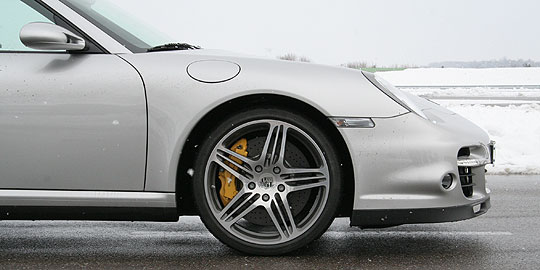
This has all been achieved by further pioneering technology in the field of turbocharging, a science that Porsche has specialised in ever since the original racing car at Le Mans in 1974. 32 years on, the company has introduced variable-vane geometry to the turbocharger, a principle so far only used in diesels due to the very high (1,000 deg) temperatures involved in petrol engines.
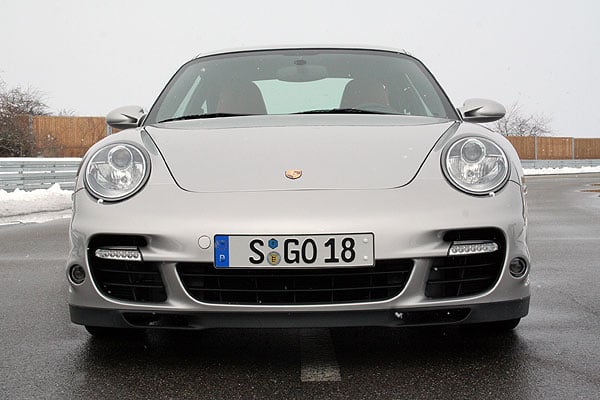
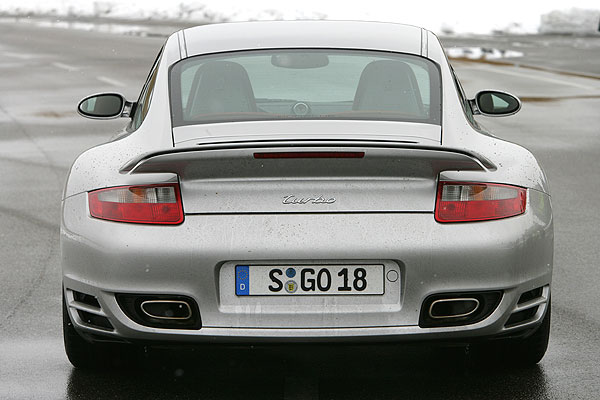
By the use of new ‘secret’ materials this problem was surmounted by Porsche and the result is a more efficient engine producing more power for less fuel. There’s now little evidence of a ‘hole’ in the performance with turbo lag, and between 2,000 – 5,000 rpm the motor will produce over 600 Nm of torque. And for those who crave yet faster overtaking moves there’s the ‘overboost’ button in the ‘Sport Chrono’ package that will release a further 60 Nms by boosting the pressure by 0.2 bar for 10 seconds.
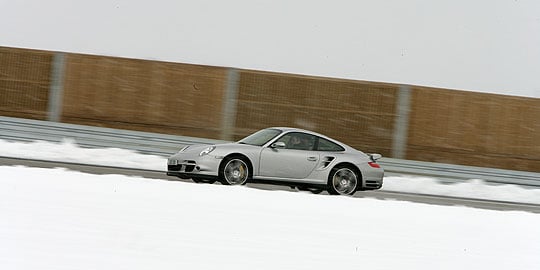
At the test track, Porsche had laid on the old (996) and new (997) generations of 911 Turbo for the company’s test drivers to demonstrate. There’s no time behind the wheel for journalists until the driving launch next month. The test driver starts the 460 HP engine and prepares for a racing start. He holds the brake with his left foot while building up the revs - then releases the brake on maximum power. The car rockets forward, its progress on the snowy and icy track carefully monitored by electronics in the 4wd system, one of which feeds power via an electromagnetically operated ‘visco’ clutch to the front wheels. So depending on driving conditions, differing amounts of power can be fed to the front or rear wheels.
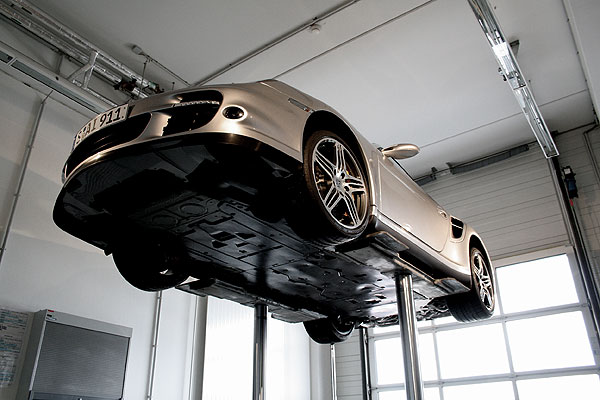
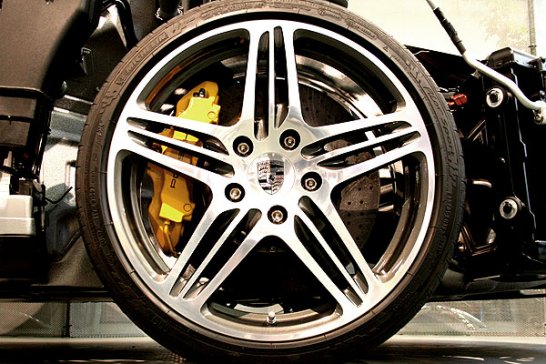
Back at the ‘Workshop’ I am told about the new car’s aerodynamics and lightweight construction. In order to comfortably break the 300 km/h mark the 997 model Turbo has a completely smooth underfloor profile courtesy of a new undertray, while the rear spoiler in its normal position gives 23% more downforce than its predecessor (extended it will produce a total downforce of 273 Nm at 310 Km/h). Weight has been saved by the use of aluminium in the doors, and various other parts now produced in high-grade lightweight plastics. At a final weight of 1,585 kgs, it’s 5 kgs lighter than before.
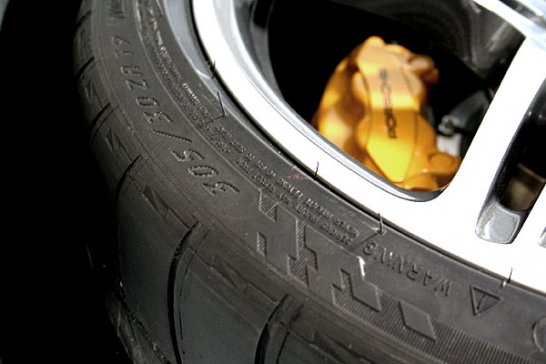
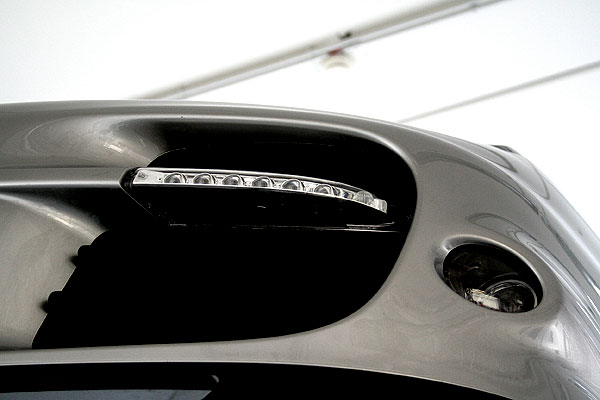
We’ll be driving the car at the car’s official presentation next month – full report to follow.
Text: Jan Richter
Photos: Jan Richter / Porsche
ClassicInside - The Classic Driver Newsletter
Free Subscription!









